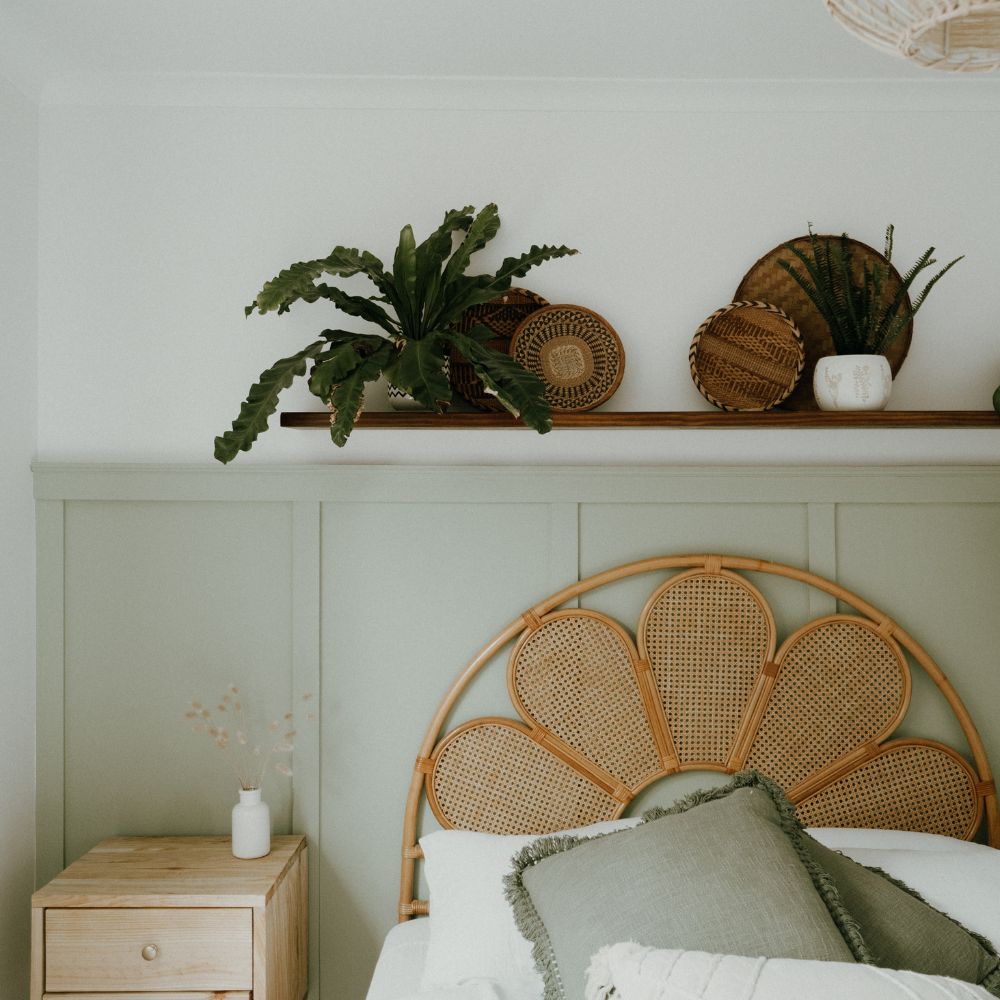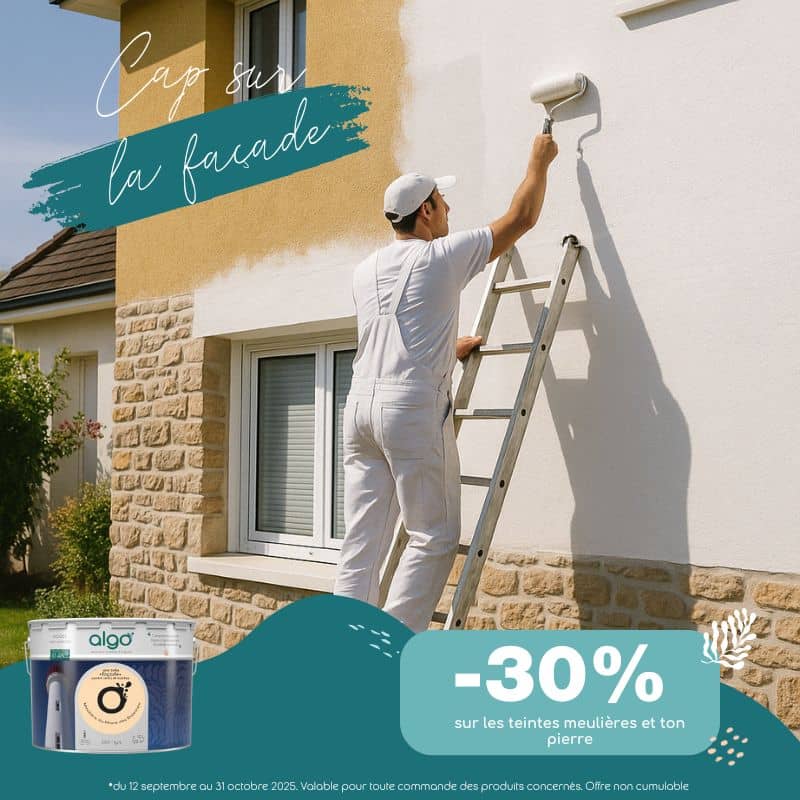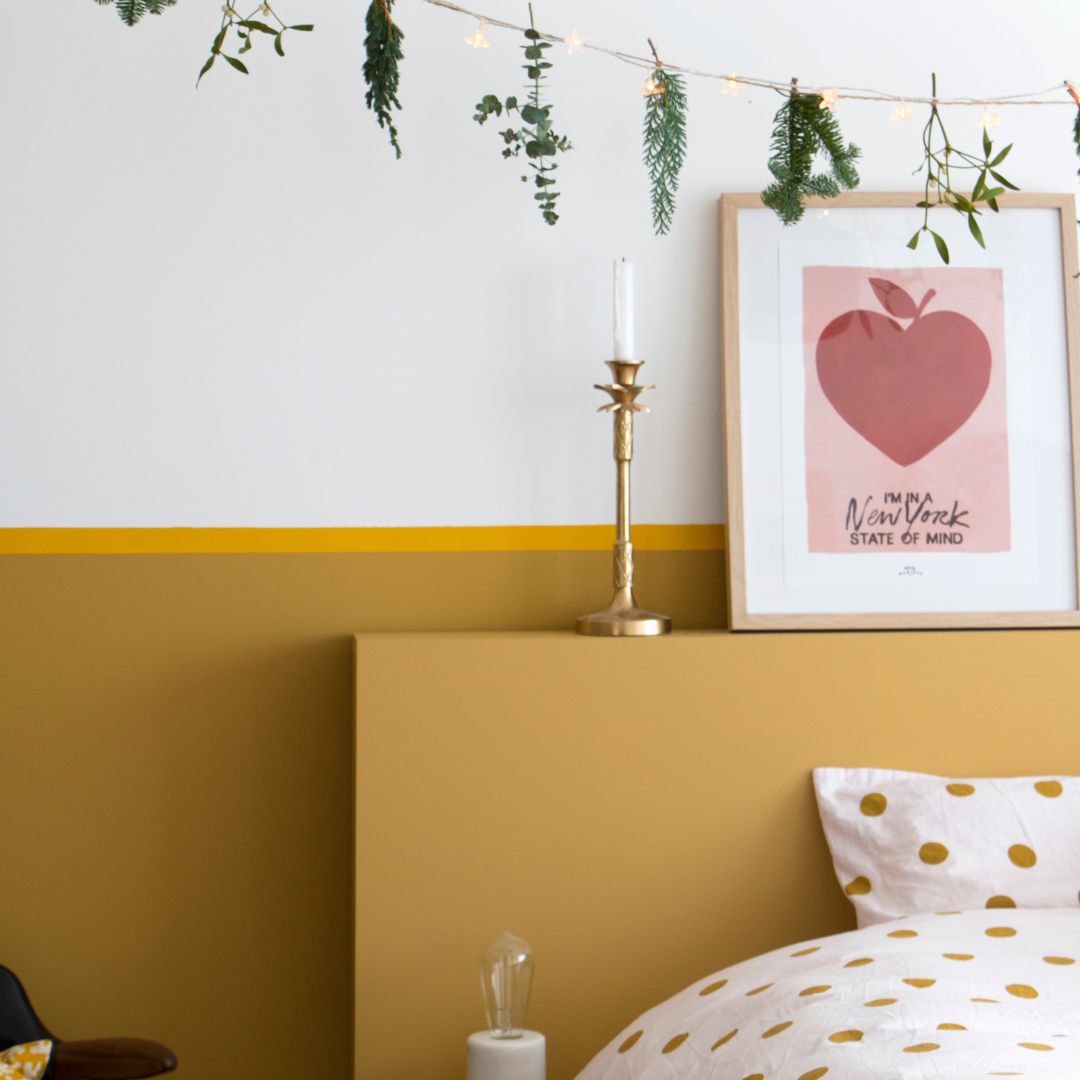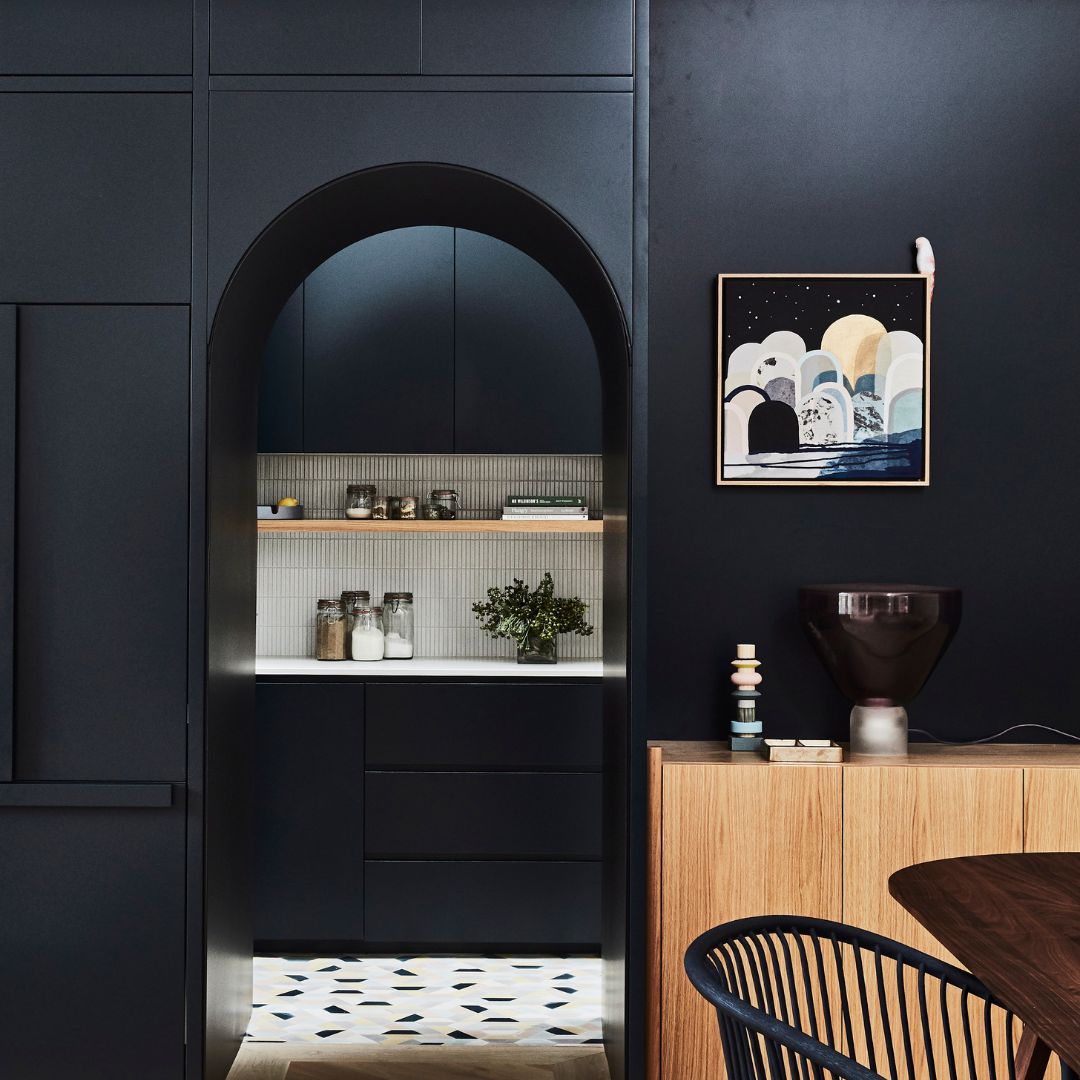If you're looking to use white paint on your walls, you're among the vast majority of paint users. White is by far the most popular color for painting.
Today, there is a variety of white shades, more or less vast depending on the paint manufacturers, which leads you to make an additional choice for the decoration of your interior.
Beyond the choice of the shade of white that you are going to apply to the walls of your interior, especially if you want to take a decorative angle, the choice of finish is also determined by the aesthetic choice that you want to offer to your interior but also by the characteristics that can be essential depending on the place where the paint will be applied.
Satin white paint has many advantages
If satin is so popular and recommended, particularly for wall surfaces and woodwork , it is simply because satin is known for its durability and ease of daily maintenance with its washable appearance.
Many technical advantages
White satin finish paint is often highlighted for its many advantages: the first is that it reflects natural light, giving the room in which the paint is applied a real feeling of space.
The other main advantage of the satin finish is technical: in fact, satin is highly prized for its resistance to everyday wear and tear, particularly stains which can be removed thanks to the washable effect offered by satin finishes.
Satin is an excellent choice for wall surfaces, especially in high-traffic rooms such as living rooms or children's bedrooms, where stains on the walls can be easily removed.
Also more permeable to splashes and water vapor, it is a finish that is essential for so-called wet rooms such as kitchens or bathrooms.
A highly sought-after aesthetic finish
Satin can sometimes be discussed: particularly for its shine which can put off people with a painting project.
Depending on the paint range, it is true that satin can be more or less shiny, however keep in mind that the satin finish is by definition not “glossy”.
However, satin is highly valued for its ability to accentuate the brightness of a room, which can be particularly useful in small spaces or simply in places that lack natural light.
Along with the velvet finish, satin is a finish that is systematically recommended for interior wall surfaces as well as for woodwork.
Algo's satin finish, for example, is a rather “light” satin, allowing its application in many circumstances and in all types of spaces.
So you don't take any risks by applying a satin finish to your interior.
A strong capacity for adaptation
White paint blends seamlessly with virtually any decorating style. The satin finish contributes to this blending ability.
It is a perfect option to implement a minimalist or Scandinavian atmosphere in your interior.
Be careful when applying satin paint
The advantages of satin paint are therefore numerous, but it is still recommended to be vigilant, particularly when applying several criteria, regardless of the surface on which you are going to apply your satin white paint.
The first recommendation is to pay particular attention to the brightness of the room: in fact, do not be surprised by the ability of satin to reflect light and therefore to make roller marks more visible in particular.
While this may seem like a minor issue when applying a matte finish, satin will be less forgiving of this difference!
Satin is great for walls and wood surfaces. However, we don't necessarily recommend applying a satin finish to a ceiling.
The reflection of the raking light on the ceiling can unfortunately make the roller marks more visible.
The two tips for avoiding roller marks are simple: avoid overloading the roller, and make a dry pass with the roller without reloading it to evenly distribute all the paint over the surface to be painted.
How to choose the right satin paint?
All paint brands offer a satin finish , which can make the choice complex. However, we offer a list of criteria that will help you determine the satin white paint you need for your project.
Be careful, even the best white paint possible will not make you forget to use an undercoat on your walls!
Choose a natural and ecological satin paint
We can't say it enough, but in our opinion, this is one of the main criteria for choosing your finishing paint.
Water-based paints are very often represented, but keep in mind that these are paints that are still mostly composed of petrochemical elements and which, by definition, are not natural.
When choosing your eco-friendly paint, choose a satin-finish paint that is made with as many natural ingredients as possible. Some paints are classified as eco-friendly, even though only the resin is plant-based.
Choose a paint that has as few VOCs as possible, and if possible one that is certified by a label such as the European Ecolabel, attesting to the credibility of the ecological nature of the paint you are going to choose.
Don't underestimate the performance of paint!
Of course, the price of paint is a major criterion to take into account when painting work, but another criterion must be taken into account when selecting satin white paint: its performance on the walls.
Indeed, the yield can vary greatly depending on the brand of paint. Beyond the price of paint per liter, also estimate the average yield of paint per m² to avoid unpleasant surprises.
Algo paints, for example, have an average coverage of 12m²/L, making them one of the most competitive paints on the market.
Our tips for successfully applying your paint
Whatever the paint color or finish applied: a successful project requires careful application.
Surface preparation is the first (albeit underestimated) step in a painting project.
The surface must be clean, smooth and dry. To obtain a surface ready for painting, roughening or even sanding the surface may be necessary, particularly to remove small imperfections and roughness.
When the surface is treated, the application of an undercoat is strongly recommended to ensure the best possible result.
When it comes to applying the paint, two top coats are recommended. You can apply the paint with a roller or spray gun depending on the paint range, but the general rule is the same for both application methods: paint evenly across the surface.








